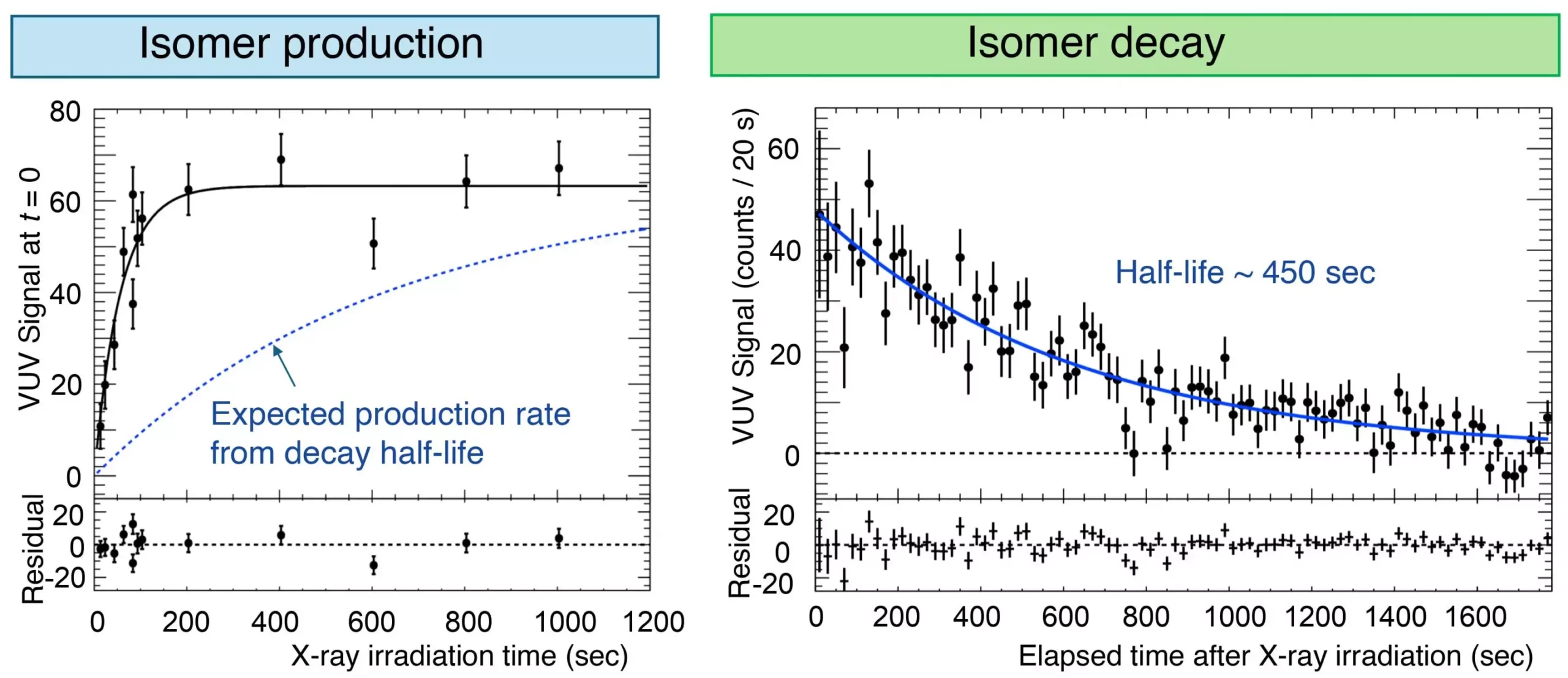In the realm of precision measurement, atomic clocks have long stood as the pinnacle of accuracy. Leveraging the predictable oscillations of electrons within atoms, these timepieces represent the current standard for defining the second. However, scientists are on the verge of a groundbreaking transformation in our understanding of time measurement through the development of nuclear optical clocks. This new technology shifts the focus from electronic transitions to the more stable transitions within atomic nuclei, promising unprecedented levels of accuracy and reliability.
Understanding Nuclear Clocks
The quest for an ultra-precise clock has culminated in the exploration of nuclear clocks, which rely on the states of atomic nuclei to maintain time. One notable candidate in this pursuit is the 229Th isotope, distinguished by its unique properties. With a half-life of 103 seconds, the isomeric states of 229Th hold the potential for precise measurements due to their low excitation energies. The ability to excite these states using vacuum ultraviolet (VUV) lasers opens new avenues for enhanced timekeeping and fundamental physics research.
Nuclear clocks present advantages beyond traditional atomic counterparts, including their potential application in compact metrology devices. These devices would enable practical usages in various fields, from navigation to testing fundamental physical theories.
The Role of Research in Advancing Technology
Leading the charge in this innovative field is Assistant Professor Takahiro Hiraki and his team from Okayama University, Japan. Their recent study, published on July 16, 2024, in Nature Communications, exemplifies the research efforts needed to unlock the functionality of the 229Th isomer in nuclear clocks. The team’s experimental setup involved synthesizing 229Th-doped VUV transparent calcium fluoride (CaF2) crystals, a crucial step toward effective population control of the 229Th isomeric state.
Assistant Professor Hiraki articulates the vision behind this groundbreaking research: “Our group is working on fundamental physics using atoms and lasers. To realize a solid-state nuclear clock using 229Th, it is necessary to control the excitation and de-excitation state of the nucleus.” His comments highlight the complex interplay between control mechanisms and the realization of a practical nuclear clock.
In their innovative approach, the research team employed resonant X-ray beams to investigate the excitation processes of the 229Th nucleus. Notably, they analyzed the transition from the ground state to the isomeric state, discovering that exposure to the X-ray beam generates radiative decay, during which a VUV photon is emitted. This phenomenon is crucial, as it contributes fundamentally to our understanding of nuclear dynamics.
One of the most striking findings from their research is the phenomenon termed “X-ray quenching.” This effect allows for the depletion of the isomeric state on demand, showcasing how precise control can be exerted on nuclear states. The implications of this discovery are vast, as controlled quenching could significantly advance the practical application of nuclear clocks and lead to developments in instruments such as portable gravity sensors or precision GPS systems.
As the understanding and application of nuclear optical clocks evolve, they bear the potential to challenge established notions in physics. For instance, Assistant Professor Hiraki points out that once operational, these clocks may allow researchers to explore whether physical constants—traditionally viewed as static—might vary over time. This could fundamentally alter our understanding of physics and our universe.
The journey toward realizing a fully operational nuclear clock is still ongoing, but the strides made by Hiraki’s team illuminate the tremendous possibilities that lie ahead. As research continues to push boundaries, society stands on the threshold of a new era in time measurement—one that could unlock secrets of the universe and enhance technologies across various sectors.
Nuclear optical clocks represent a formidable advancement in the field of timekeeping, blending fundamental research with practical applications while maintaining an eye on the bigger picture. As we unravel the intricacies of nuclear behavior, we pave the way for a future where time is measured with unparalleled precision.

